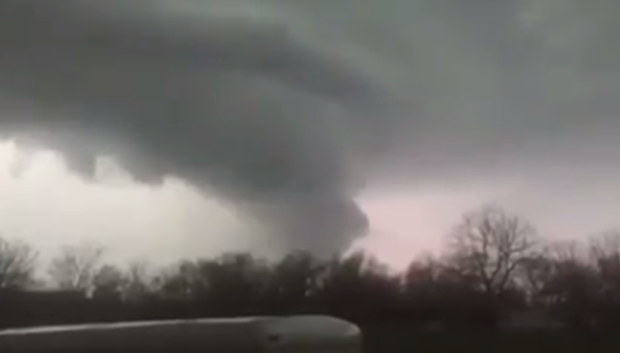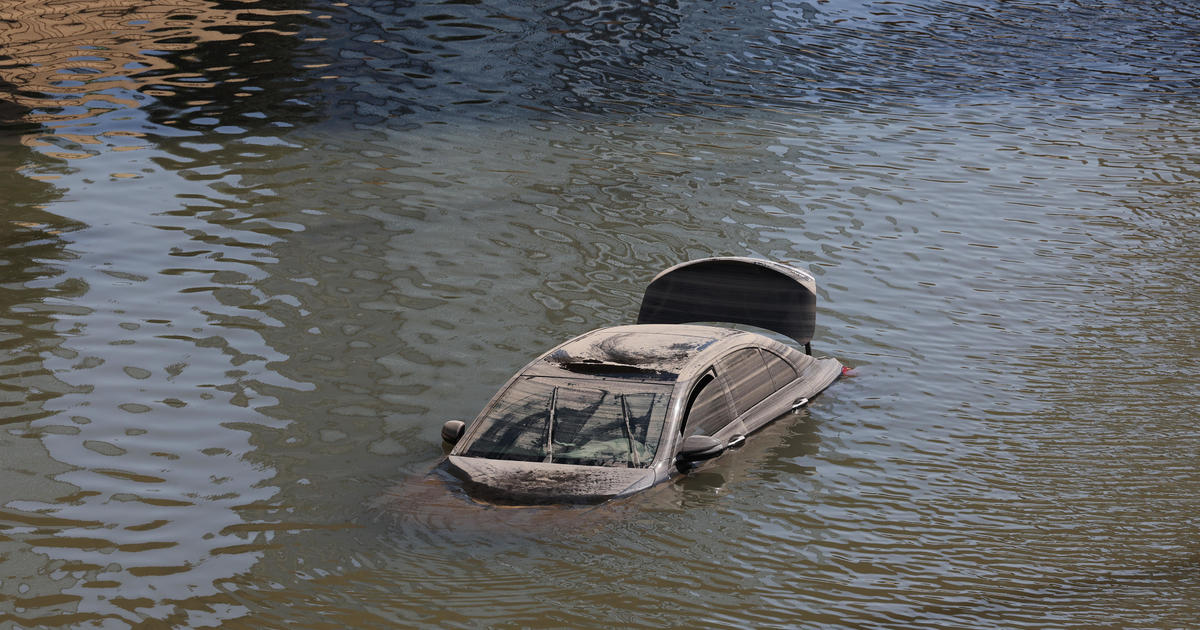Tornadoes are getting more dangerous than hurricanes
This week’s 2017 National Hurricane Conference in New Orleans may be somewhat anticlimactic. Known as the mother of all storms when they pummel U.S. coastlines, hurricanes seem to be taking a vacation -- while their more narrowly focused but fiercer cousins, tornadoes, grab the headlines.
With Accuweather predicting a below-average hurricane season for 2017, this could be the year when tornado damage actually exceeds that of hurricanes. Tornadoes, which lately seem to be an almost everyday occurrence, are all over the news. In addition to tearing up the Plains and Southeast, they’ve even reached as far north as New England in recent years.
Hurricane season encompasses the six months of summer and fall, starting June 1 and ending Nov. 30, but tornadoes can pose a danger year-round. Spring is usually considered the prime time for twisters, but don’t say that in Georgia or Florida, which had a cyclone epidemic in January. That month, the U.S. National Oceanic and Atmospheric Administration (NOAA) reported 138 tornadoes, a sharp jump from the January average of only 35 a year for the period of 1991 to 2010.
Another indication that this could be “the Year of the Twister” comes from Verisk Analytics Property Claim Services, which provides data for the insurance industry. The average annual loss for the 12 years ended in 2015 from “severe convection storms,” a.k.a. tornadoes, was $11.23 billion compared to $11.28 billion for hurricanes.
So this year’s accounting could find tornadoes well ahead of hurricanes in terms of total damage. Before Accuweather released its 2017 hurricane forecast earlier this month, which called for a “below normal” season, the Colorado State University Tropical Meteorology Project had said that it will be “about average.” And NOAA will wait until May to release its forecast.
The disparity between hurricane predictions and the expected number of less-intense “tropical storms” -- along with the past inaccuracy of many of these forecasts -- can be attributed to what may or may not brew in the Pacific Ocean, otherwise known as “El Nino.”
El Nino, or “the Christ child” because it often peaks in December, is a flood of warm water that bubbles up in the Pacific off the coasts of Ecuador and Peru. It doesn’t occur every year, but when it does, it causes an ENSO -- the El Nino-Southern Oscillation -- which tends to affect weather worldwide. ENSO is very likely to have a dampening effect on major hurricanes in that following season.
While the number and size of hurricanes and tropical storms vary from year to year, it’s pretty well assured that the U.S. will see about a thousand tornadoes annually, with some wreaking real havoc. Meteorologists are unable to pinpoint their likelihood in quite the same way in which they predict hurricanes, although certain weather conditions make them more likely.
“Tornadoes are unpredictable despite advances in technology,” said Vice President Loretta Worters, a spokesperson for the Insurance Information Institute, whose property-casualty insurance company members handle wind storm claims. “They can touch down and not cause any damage or destroy an entire community. Large tornadoes with high wind speeds can tear buildings off their foundations.” Winds from tornadoes can reach up to 200 miles per hour, far more than almost any hurricane, even at its peak.
Most years, injuries and deaths from tornadoes are far worse than from hurricanes. In 2015 they caused 36 deaths, nearly double the number of deaths from hurricanes. On average, 80 people may be killed by twisters, and the 1,500 injured are usually those who couldn’t seek shelter after the warning siren or who lived in trailers easily tossed about.
So is it “safe” to say tornadoes are the bigger danger? Not so fast, said Harold Brooks, senior scientist at NOAA’s National Severe Storms Laboratory. They’re different events, and you have to measure them over time. “You could walk across the path of a tornado in 20 minutes,” Brooks said. “But it would take days to cover the damage done by a hurricane.” Hurricane Isaac in 2012 was 200 miles wide.
And evacuation is also different. You can be alerted that a hurricane is coming, but “How do you move half a million people out of the way in a hurry?” asked Brooks. Nearly 60 million people live along the Atlantic and Gulf Coast communities threatened by hurricanes, according to the U.S. Census Bureau.
“Think of them as two running backs,” Brooks said. “One of them (the tornado) gets five yards on each carry. The other one (the hurricane) doesn’t get the ball as often, but he makes 80 yards on one carry. The hurricane is the big play.”
Hurricane damage and deaths are attributed largely to the storm surge and flooding that the winds blow ashore, said the Weather Channel, accounting for 88 percent of the fatalities compared to 11 percent for wind.
No storm surge deaths caused by hurricanes occurred in the intervening years between Hurricane Camille in 1969 and Hurricane Katrina in 2005, said Brooks. And only a handful died from inland flooding due to the hurricanes -- in part because of early warnings and evacuations. By comparison, because no warning system was in place, a hurricane in 1900 in Galveston, Texas, caused 8,000 deaths.
But even with a warning, it can still happen. Hurricane Katrina’s death toll was 1,836, of which nearly 1,600 happened in New Orleans and other parts of Louisiana, where the levees failed.
This year’s hurricane conference will come to grips with all these issues in the city where the memory of Katrina still lingers. But a recent February cyclone with 150 mile-per-hour winds tore a 10-mile path across the Crescent City, injured 33 and turned out the lights for 10,000 people. Just another reminder of how dangerous those winds can be in the Big Easy, or just about anywhere.




